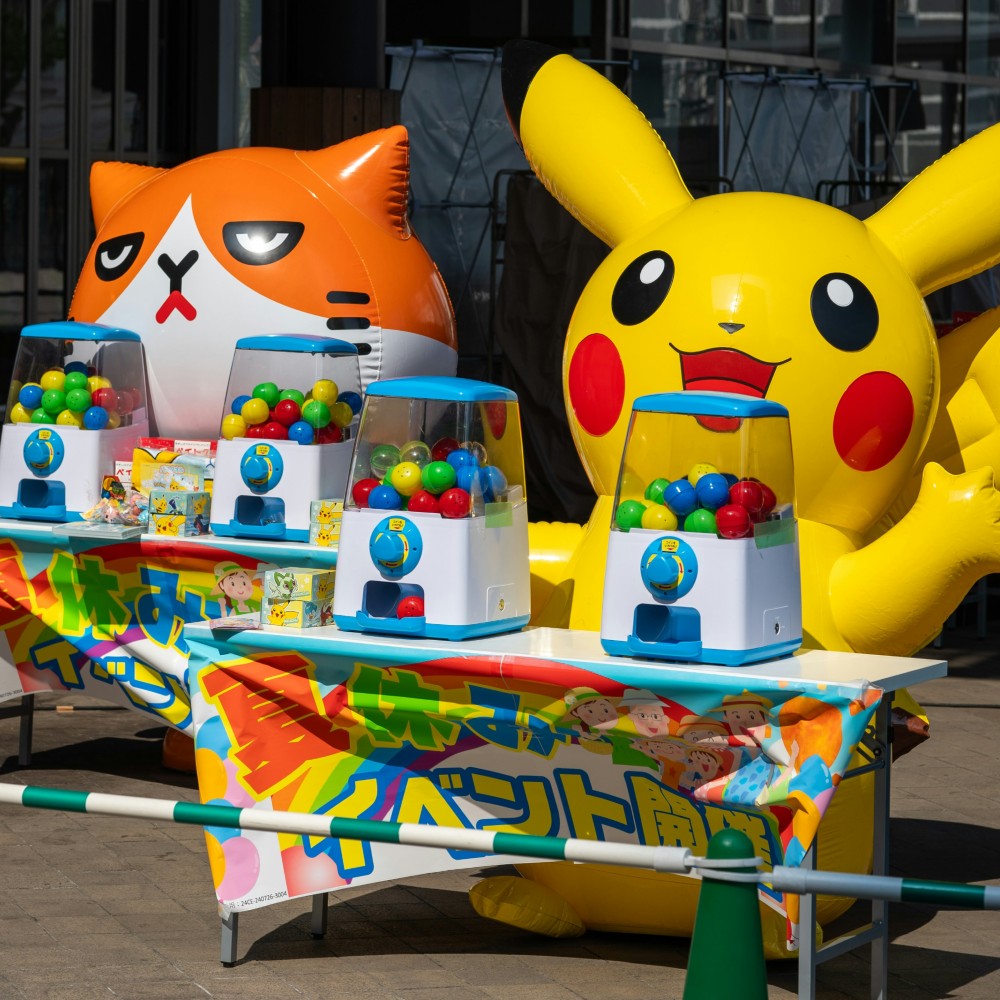Published:
Mascots are a fundamental part of a brand’s image. When companies promote their latest products and services, mascots make certain advertisements and social media posts far more memorable and engaging.
It helps create its identity so the public can immediately see where the mascot originates. They connect to the consumers as it is known to increase its customer bond by 40%. This strategy is most worthwhile for children as they are known to consume products with that adorable mascot on the packaging. As this occurs worldwide, it’s not just companies that use this tactic. The Olympics, universities, professional sports teams, and countries representing themselves also have their own respective mascots. We will go through some examples of how mascots bring in engagements for consumers to feel that attachment towards a particular brand.
Duolingo has been making interesting headlines recently for their mascot as the official account posted a video of the Duolingo owl, Duo, getting hit by a Tesla Cybertruck. An unorthodox marketing strategy is to gain attraction for the brand, as the owl is the symbol for Duolingo. However, this brought many mixed opinions on the media as Duo is known to have a distinct personality based on how the captions are written for each post. With a sense of humor being used for their language learning app, Duolingo had that marketing element to use their mascot to keep the consumers’ attention on the brand constantly.
Another example is Japan’s selection of famous mascots they have created over the years. Their mascots are known to be called “yuru kyara,” which means loose characters in Japanese. These characters are known to represent their respective regions of Japan and have their backstories about them. Similar to Kumamon, the mascot for Kumamoto City, Sanomaru represents Sano City with the character design coming from the city’s local ramen. It’s a unique way of showing what the region offers when people visit it!
Thailand also has a way of projecting its mascots. Labubu became the main mascot for Thailand’s tourism campaign under the Tourism Authority of Thailand, which is planning to increase the number of Chinese tourists by 8 million. As Labubu has transitioned from being a doll originating from Hong Kong to Thailand’s mascot, it has signified its place as a pop culture phenomenon, with many collectors wanting Labubu merchandise through pop-up stores and exhibitions. This was followed by another mascot that joined the tourism campaign named Butterbear, a mascot for Coffee Beans by Dao. An icon known to be an idol on social media and has the traits of being a successful mascot as it builds a bond with the audience.
Mascots have been around since the late 19th century, with a live bear cub appearing at a Yale vs. Harvard football game in 1894 as its first known mascot for sports in the U.S. From then on, we’ve seen various kinds of animal mascots being each team’s signature style of branding. Although it has had its use historically, this marketing strategy can be known to be a trend. However, there has been a decline in companies using their mascots as much as in the past. But, the potential use in innovating their mascots is also high as the latest technologies make it possible for mascots to interact with the consumer through CGI. We will have to see how mascots evolve in the future and how they will be utilized for marketing in this ever-changing industry.
File under






